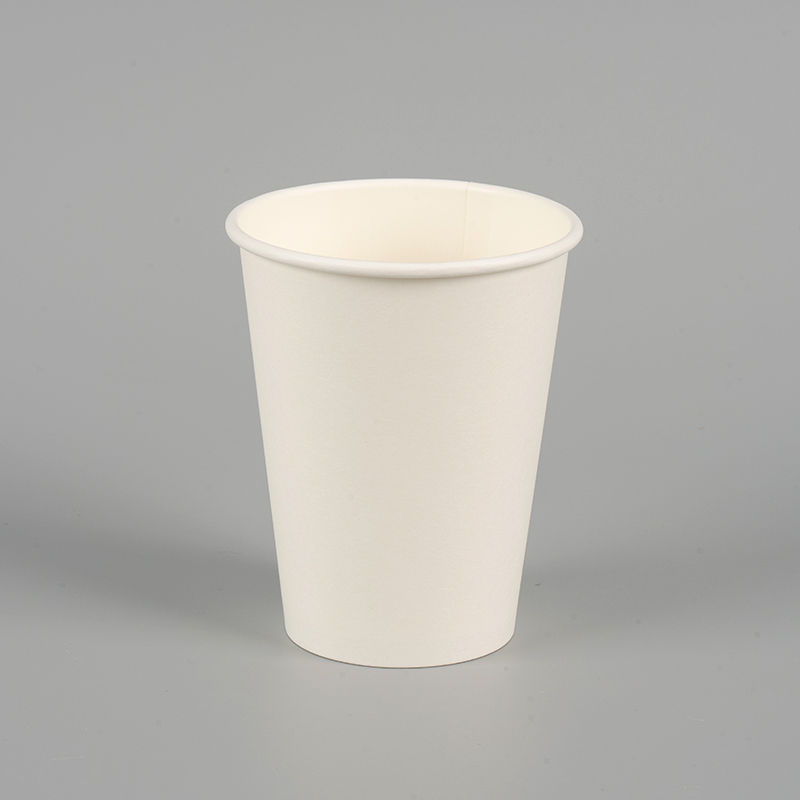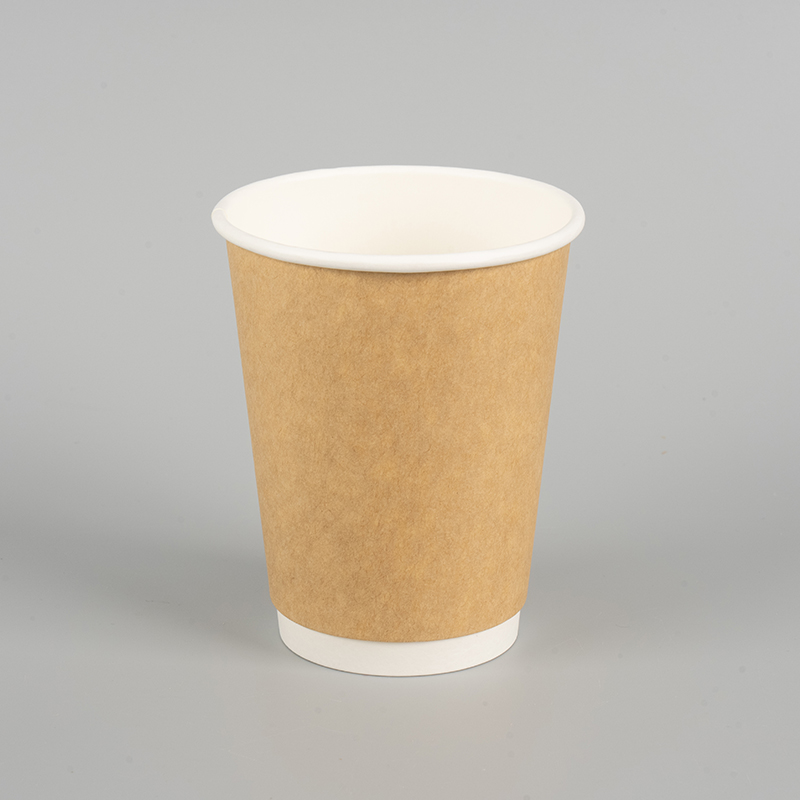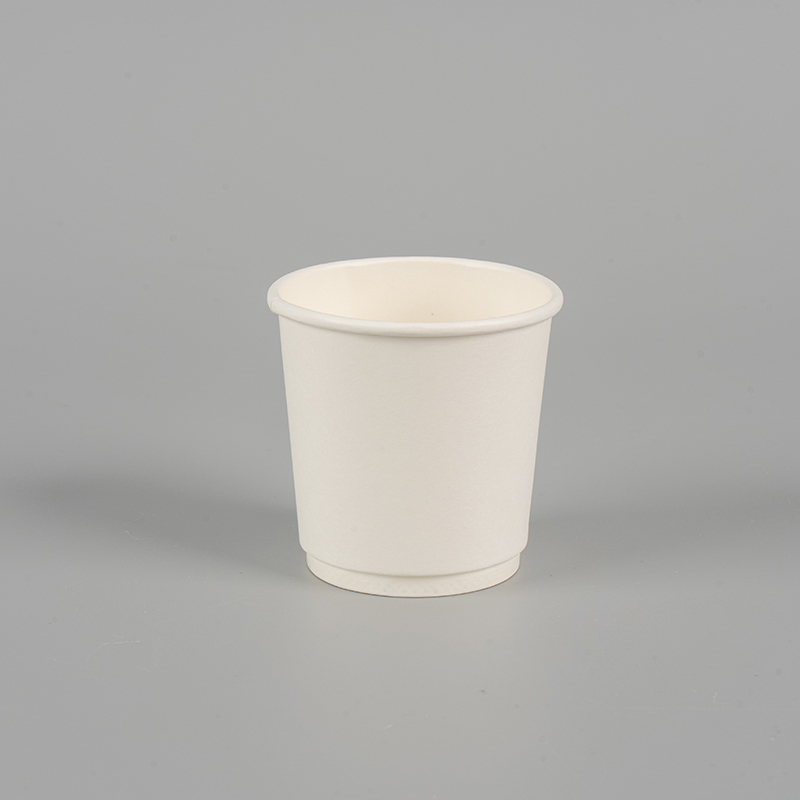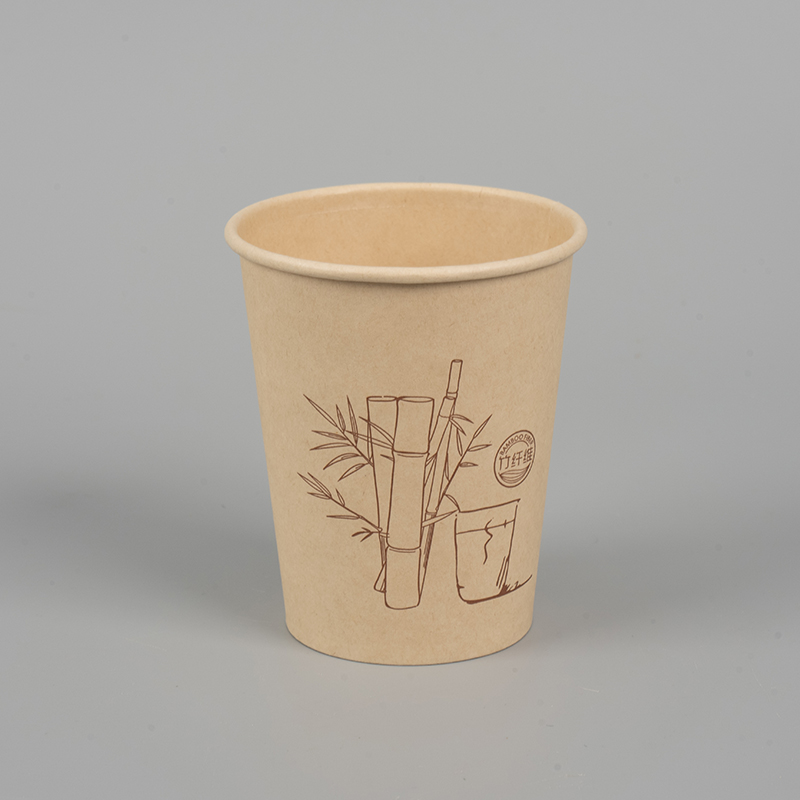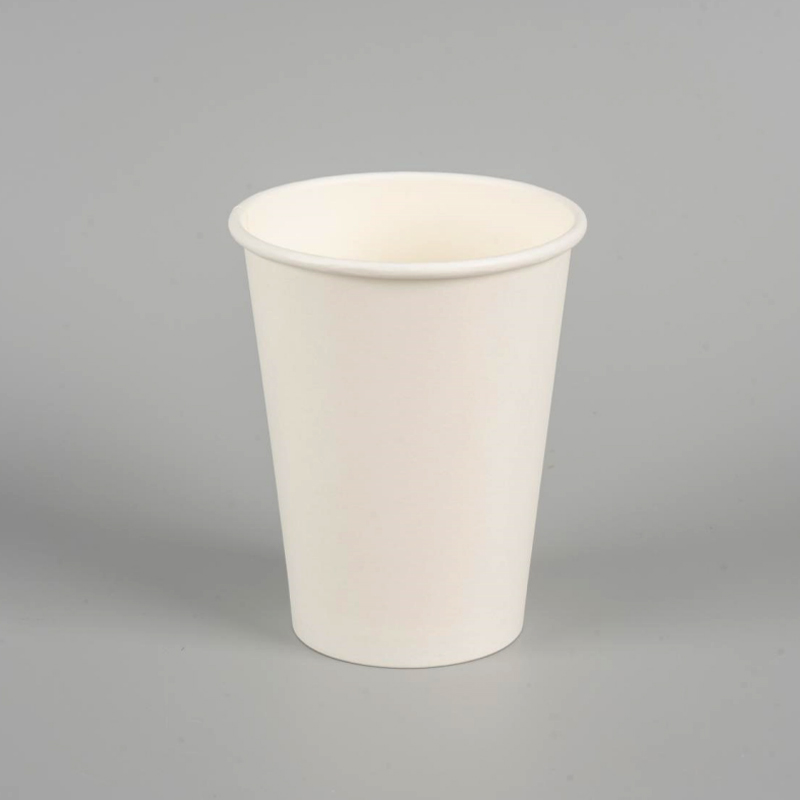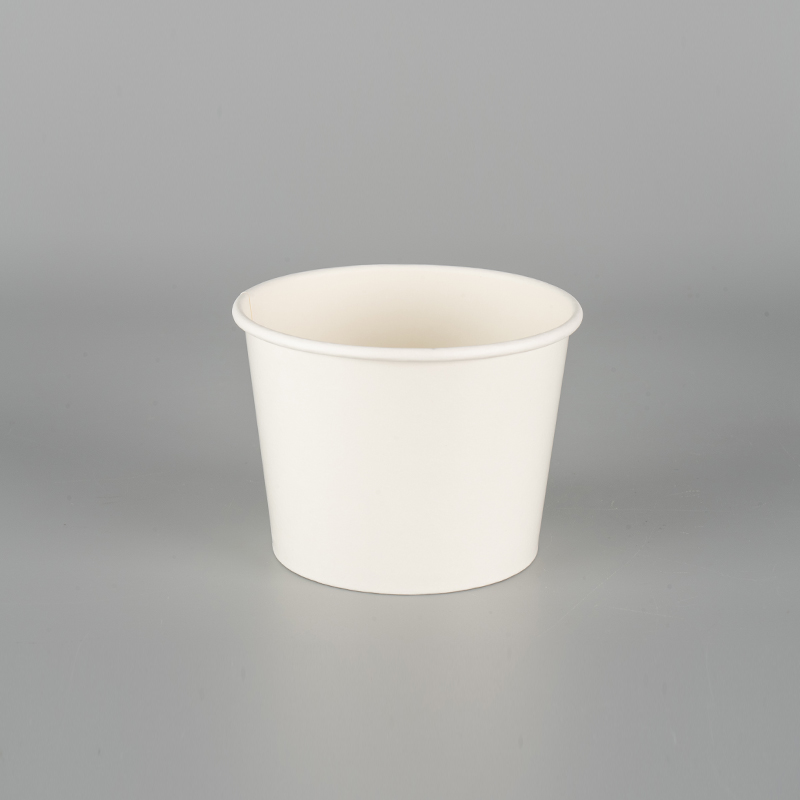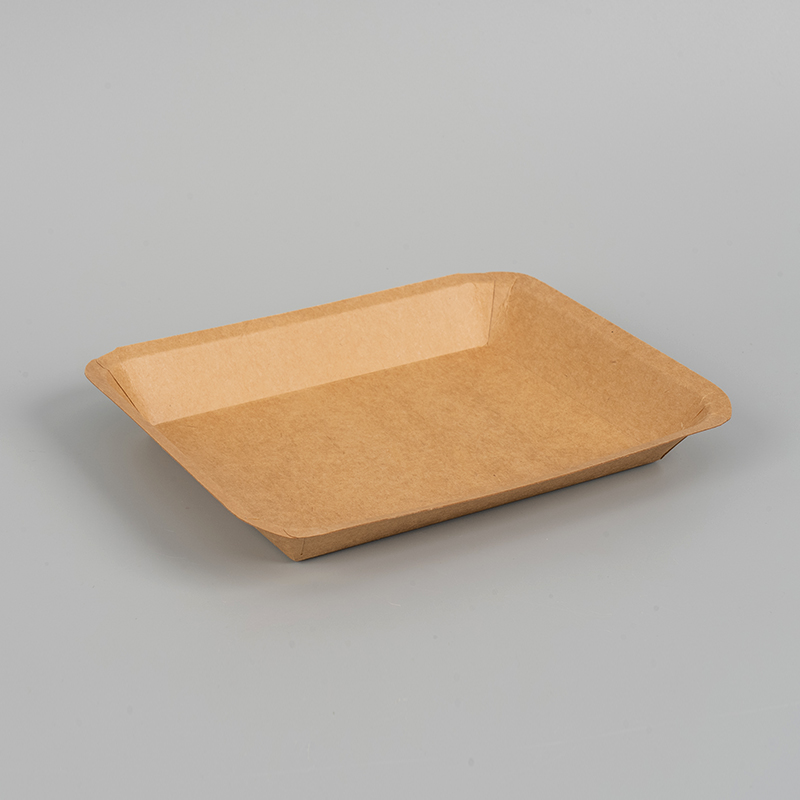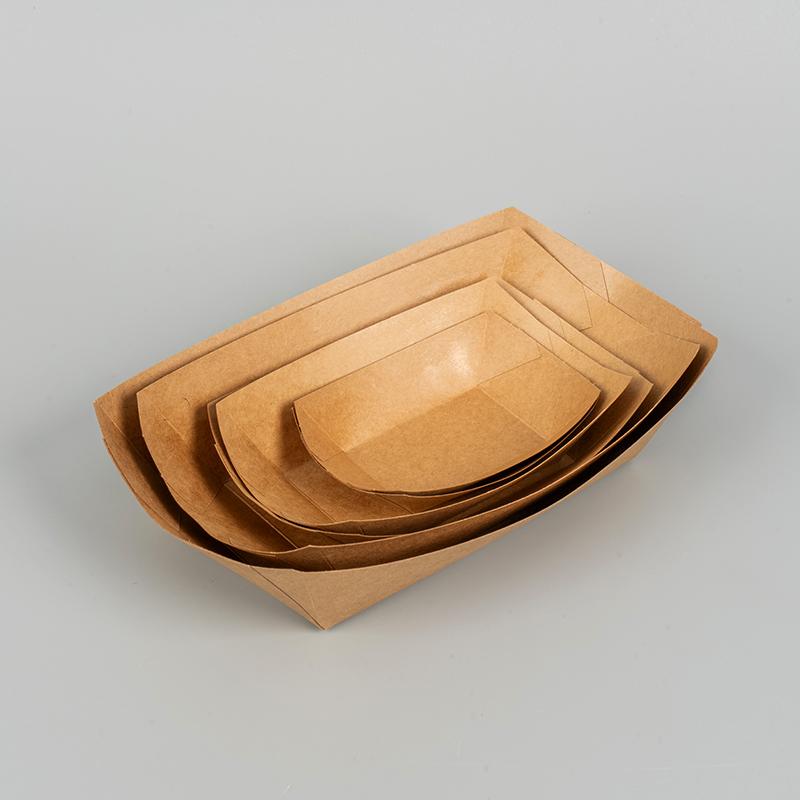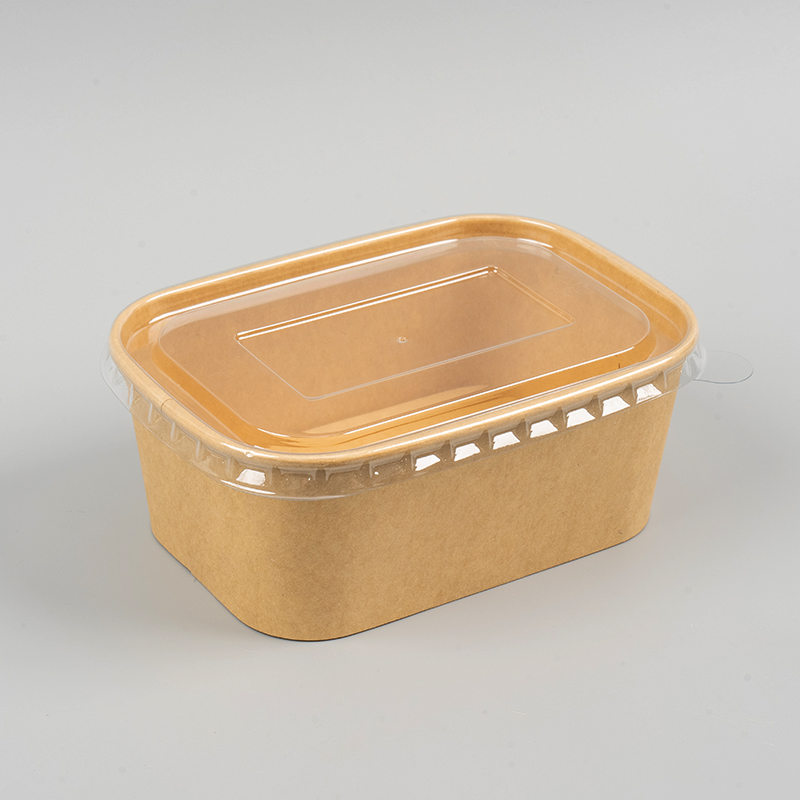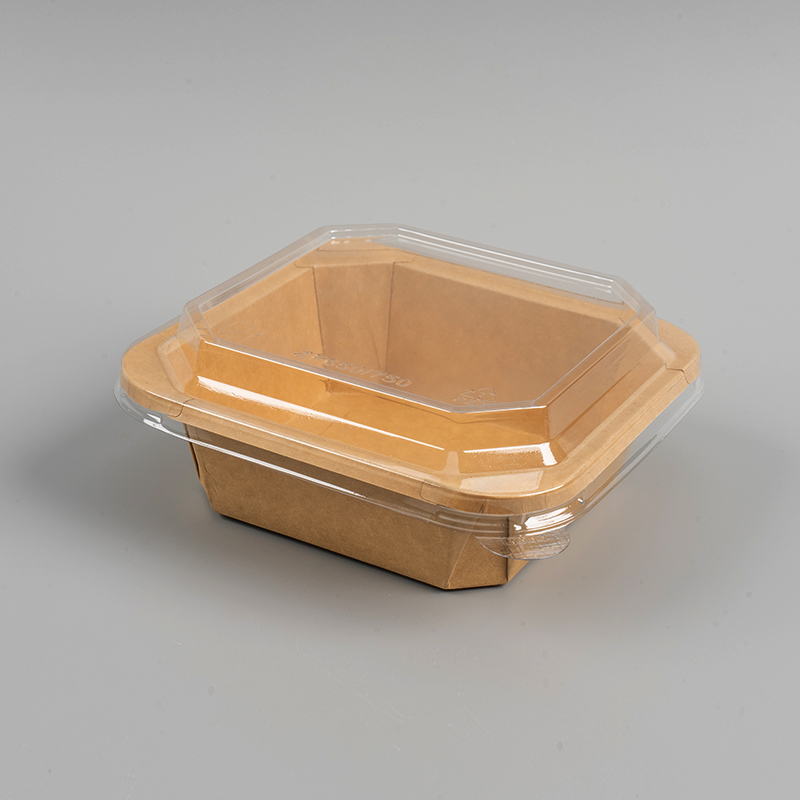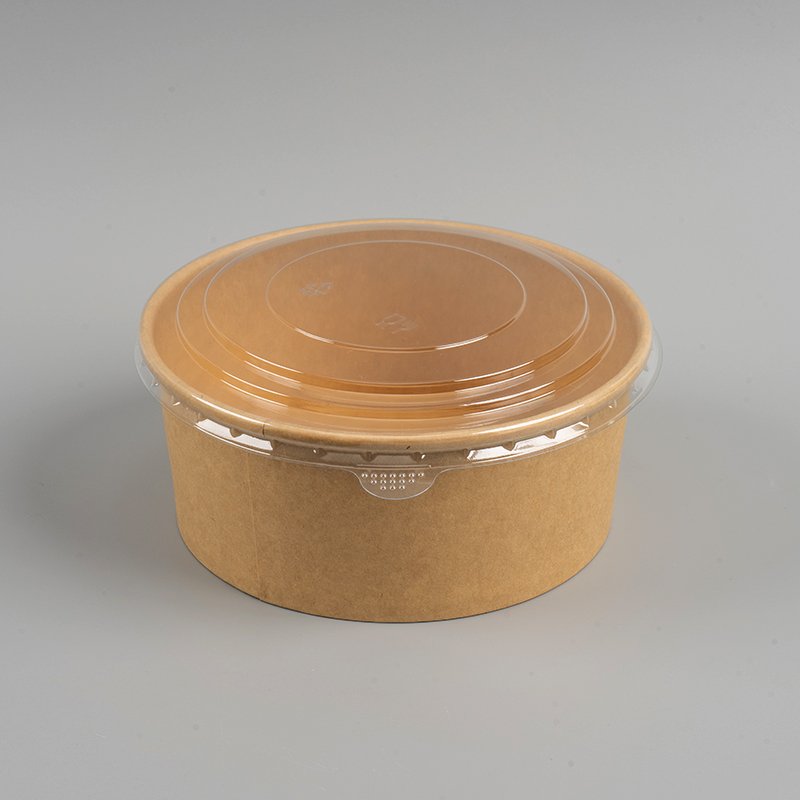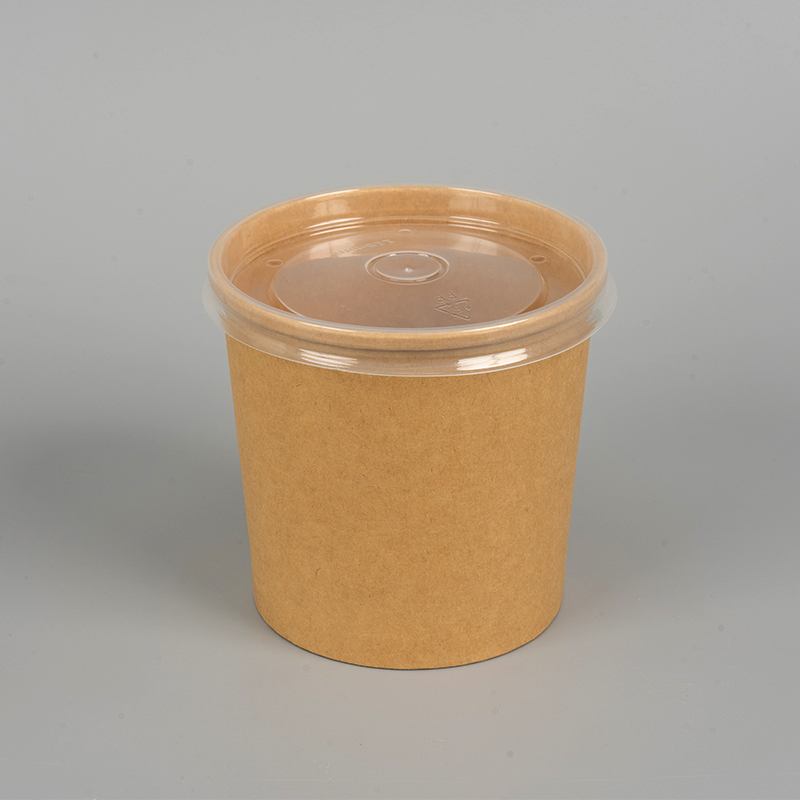How to solve the problem of grease penetration in paper food containers
Formation mechanism of grease penetration
Paper food containers are widely used in fast food, baking, fried food and other packaging fields. However, due to the porous structure of paper itself, it is easy to absorb liquids and grease, resulting in reduced packaging strength, appearance pollution, and even affecting food safety. Grease molecules are small in size and have strong penetration ability. They can penetrate the gaps between paper fibers and diffuse outward, causing surface oil spots or structural damage. Increased temperature or prolonged storage time will also accelerate this penetration process.
Coating treatment is a basic means
For grease penetration, a common solution is to use coating technology to form a protective layer on the surface of paper. Traditional coating materials such as polyethylene (PE) and polypropylene (PP) have good barrier properties, but are difficult to degrade and are not environmentally friendly. In recent years, more companies have adopted water-based dispersed coatings, such as water-based acrylic resins, water-based polyurethanes, and water-based polymer emulsions, to form biodegradable or recyclable oil-blocking layers. This type of coating can choose different thicknesses and formulas according to the food category, taking into account both grease barrier properties and environmental protection.
Embedded oil blockers improve performance
Embedded oil blockers are also one of the key solutions in the production stage of paper substrates. By adding oil repellent to the pulp, it is evenly distributed between the paper fibers during the papermaking process, forming a physical or chemical barrier for the diffusion of oil molecules. Commonly used oil repellents include natural waxes, modified starches, surfactants, fluorides, etc. Compared with surface coating, embedded oil repellents can maintain the flexibility and printability of paper while improving the overall oil resistance.
Multi-layer composite structure improves overall performance
The use of multi-layer paper composite technology is also an efficient means in the industry. The outer layer of paper is mainly white cardboard with good printing adaptability and high strength, and the inner layer is a food-grade substrate treated with oil repellent. An isolation film or a natural oil barrier layer can be added in the middle to enhance oil resistance. The multi-layer composite structure can effectively prevent penetration and diffusion when carrying oily foods, and is suitable for high-oil packaging products such as hamburger boxes, fried chicken buckets, and cake trays.
Surface embossing and densification treatment to optimize the structure
The pore structure of the paper surface can be changed through mechanical embossing or calendering processes to reduce the oil penetration path. Embossing treatment makes the surface denser, which helps to reduce the oil penetration rate. Combined with nanomaterial spraying or surface sealing treatment technology, the oil barrier performance can be further enhanced. This technology is suitable for products that do not require a large amount of chemical coating, which helps to control costs and is suitable for the mid-range and high-end environmentally friendly food packaging market.
Use degradable PLA or PBS coating to replace PE
In order to achieve the dual goals of environmental protection and oil resistance, the industry is increasingly using bio-based coatings such as polylactic acid (PLA) or polybutylene succinate (PBS) to replace traditional PE coating materials. PLA and PBS have good biodegradability and are stable in oil barrier performance. Suitable for compostable food containers such as takeaway boxes, salad bowls, soup cups, etc., in line with the global trend of green packaging development.
Quality control measures in the production process
Oil penetration protection must be carried out throughout the entire production process. In the procurement stage of base paper, its oil absorption (Cobb value), density and pH value must be tested; in the coating stage, the coating thickness and uniformity must be strictly controlled; in the composite stage, the bonding strength and heat sealing performance must be monitored. In addition, the quality evaluation of finished products through experimental means such as hot oil testing, dye penetration testing, and constant temperature penetration testing is the core link to ensure that product performance meets the standards.
Reference to domestic and foreign standards
Currently, many countries have set standards for the oil permeability of paper food containers. For example, the US FDA's 21 CFR Part 176.170 has detailed regulations on the oil barrier properties of food contact paper, and the EU standard EN 1186 series also makes clear requirements for oil migration. Domestic standards such as GB 4806.8-2016 "National Food Safety Standard Food Contact Paper and Paperboard Materials and Products" also have quantitative regulations on total migration, oil barrier grade, etc. Enterprises should strictly benchmark standard requirements when developing oil-proof products.


 中文简体
中文简体